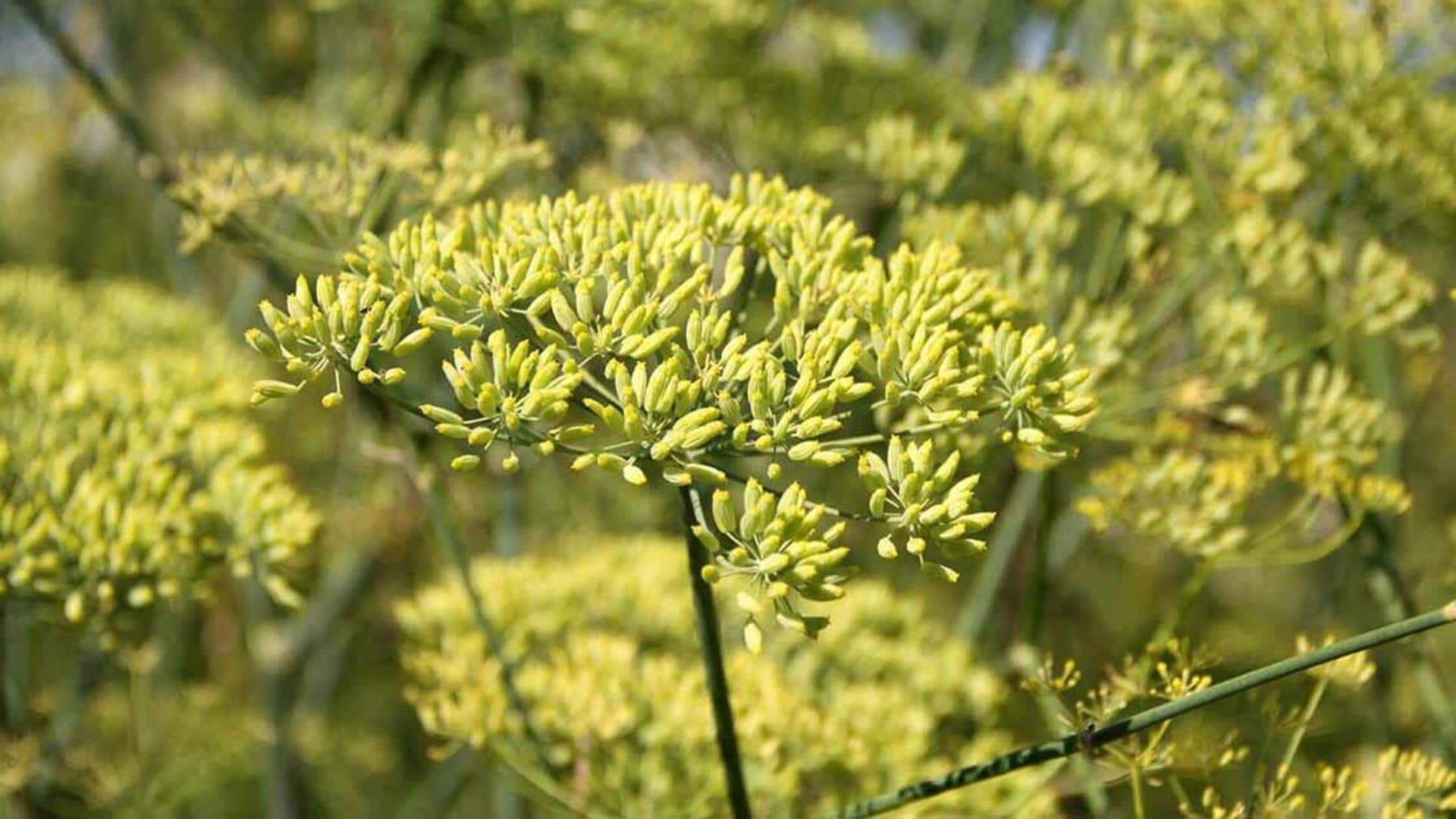
Grow anise at home—it's that simple!
What's the story
Growing anise at home is a delight for culinary enthusiasts who appreciate the freshness of homegrown ingredients. Anise, known for its distinctive licorice flavor, can be conveniently grown in small garden pots, making it a perfect choice for urban gardeners or those with limited space. This article offers a simple step-by-step guide on how to grow anise at home.
Pot and soil
Choosing the right pot and soil
Choosing the right pot and soil is key to growing anise successfully. Select a deep pot (minimum 12 inches deep) to allow the anise plant's long taproot to grow comfortably. Make sure the pot has good drainage holes to avoid waterlogging. For soil, opt for a well-draining, fertile mix with added organic compost. This will nourish the plant and support healthy growth.
Seed planting
Planting anise seeds correctly
Anise seeds must be planted directly into the pot as they have a delicate taproot that doesn't handle transplanting well. Sow two to three seeds one-fourth inch deep in each pot in spring when temperatures consistently stay above 15 degrees Celsius. After germination, thin out weaker seedlings, retaining only the most vigorous plant in each pot.
Sunlight and water
Providing adequate sunlight and water
Anise plants need a minimum of six hours of direct sunlight each day to grow well. So, place your pots somewhere very sunny to make sure they thrive. Remember to water your anise plants regularly, but be careful not to overdo it. Let the top layer of soil dry out a bit between waterings. Maintaining consistent moisture without waterlogging is key to keeping your anise plants healthy.
Fertilizing and pests
Fertilizing and pest management
Fertilize your anise plants with a balanced liquid fertilizer once a month during their growing season to promote healthy foliage and strong growth. Watch out for common pests like aphids and spider mites that can infest your plants. Apply insecticidal soap or neem oil as safe and effective treatments to eliminate these pests without damaging your plant.
Harvest time
Harvesting your anise
Anise plants are ready for harvest approximately four months after sowing, when they bloom and the seed heads form. To harvest, snip the seed heads from the plant when they change color to brown but before they burst open. Lay these heads indoors to dry on a paper towel or cloth. Leave them to dry until the seeds readily rattle out with a gentle tap on the heads.